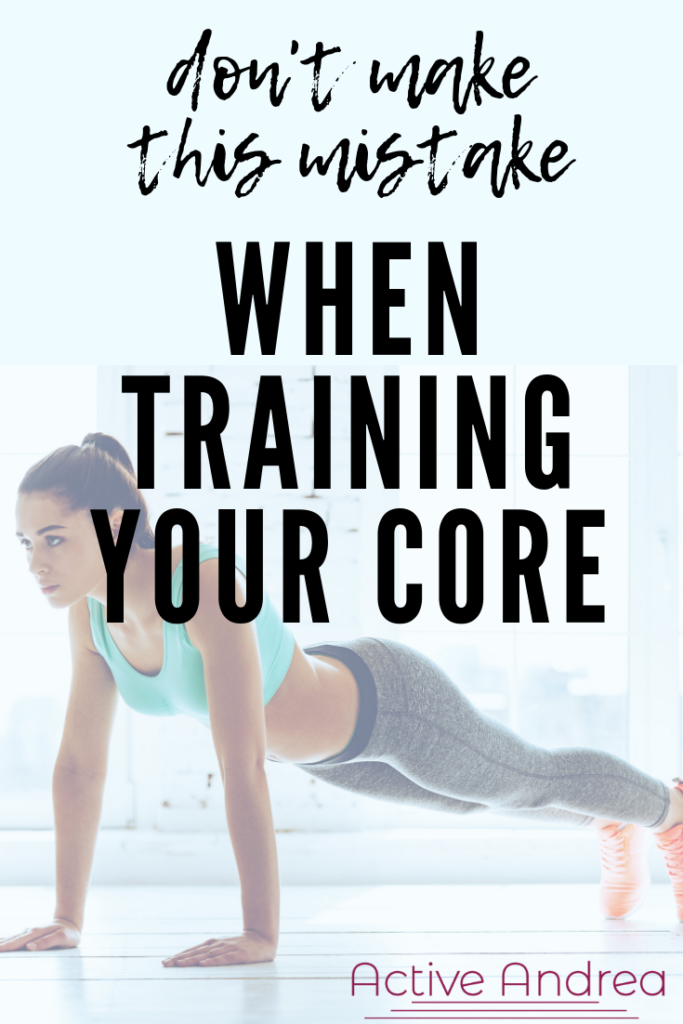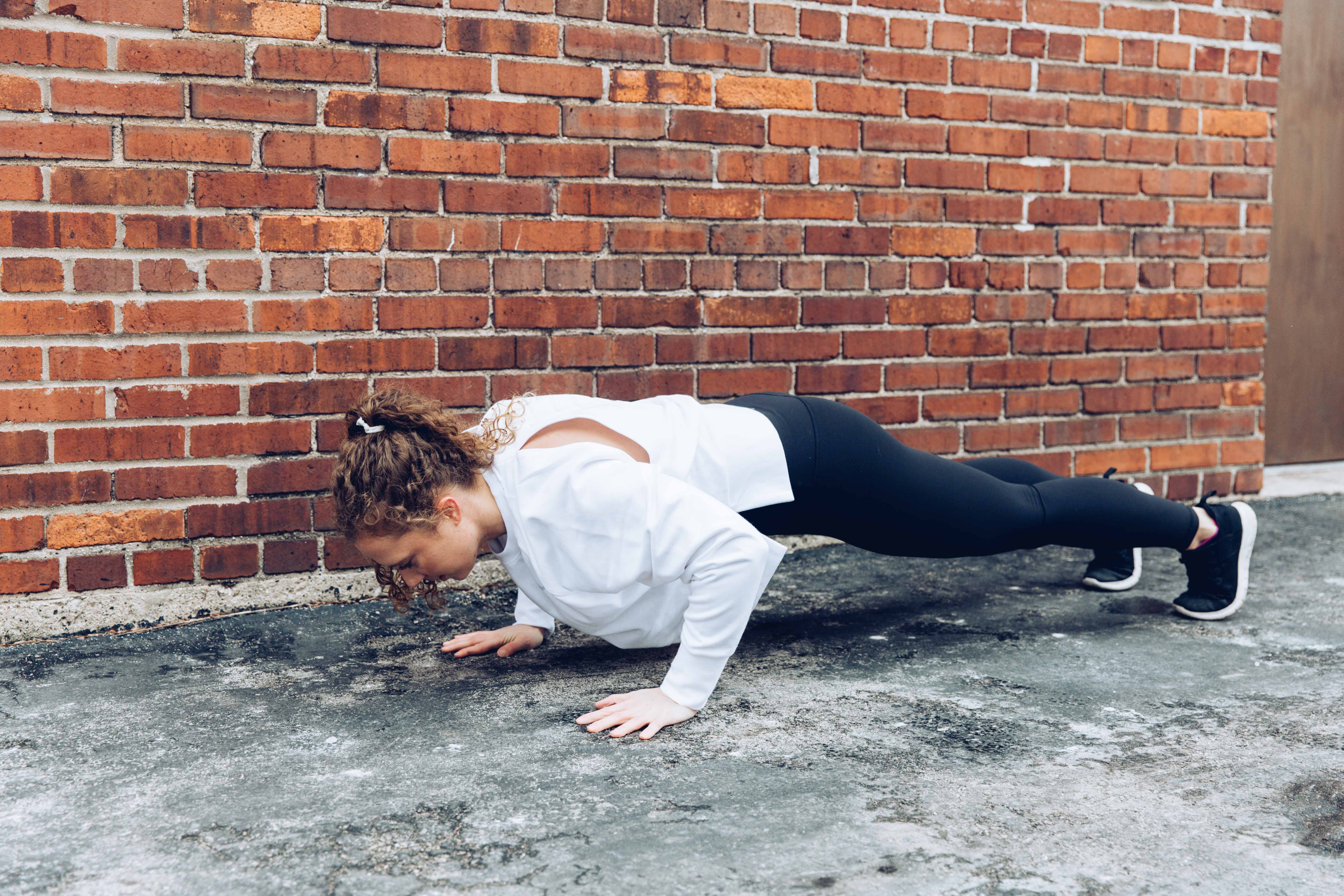I have two words for you: core engagement.

Core engagement is not only, as you might think, flexing your abs when you’re getting photographed at the beach.
As great as that might look, proper core engagement is more nuanced and important than mere aesthetics.
Let’s break it down a little further.
First, Why Is Core Engagement Important?
Our “core” – made up of three layers of abdominal muscles plus our back muscles – is a crucial component to pretty much all the movement we do.
Sitting in a chair? Your core keeps that posture nice and tight. (Or, conversely, a weak one leaves you slumped over the keyboard, wondering why your back and shoulders hurt at night.)
Doing squats? Your core helps you stabilize as you lift and lower.
Running down the road? Your core holds you upright and keeps your body stable with each stride.
Basically, a strong core means a strong and healthy body that can function in all kinds of movement.
What Muscles Make Up the Core?
What’s referred to as the “six-pack” is the external layer of abdominals called the rectus abdominis. Under these are the obliques, and under the obliques are the transverse abdominals, called our deep or inner core.
Your back muscles also help stabilize your torso and are considered part of your core muscles.
When you’re doing a plank or bicycle crunches, it’s the deep core group of abdominal muscles you might be forgetting or improperly engaging.
How to Properly Engage Your Deep Core During Ab Exercises
When you flex your core, you squeeze your muscles together and suck in your stomach, right?
If you do this same motion during your abdominal exercises, you will hit the superficial core muscles, but not the deep core. To understand how to engage your deep core, practice while sitting in a chair. Heck, do it right now, as you read this article.
Sit up straight.
Imagine pulling your belly button back, as if it could touch your spine.
Then, imagine pulling your pelvic floor muscles upward, off the chair or whatever you’re sitting on. It should feel like an anal contraction.
Together, lift your pelvic floor muscles and core muscles upward.
Feel difficult? If you’ve never done it before, it can be. Hold for 3 to 5 seconds before slowly releasing.
When doing any ab exercises, make sure your abs aren’t rounding outward, away from your spine. If they are, you aren’t engaging properly – which can mean developing the wrong muscle memory, impacting your long-term athletic performance.
Once you start doing this, you may realize some ab moves you thought you’d mastered are a lot harder. Ahh, life.
Don’t Make This Mistake!
As someone who has been running for over a decade, I’m well acquainted with having tight hip flexors.
I used to do ab moves like leg lifts or scissor kicks and have to stop because my hip flexors, already tight from running, would cramp.
The thing is, those moves really shouldn’t be engaging the hip flexors. But a lot of times, when we have a weak core or don’t engage properly, we use our hip flexors to power through the movement rather than backing off.
The next time you’re doing any floor abdominal exercises, make sure you keep your lower back pressed into the floor. There should be no space between your low back and the mat.
Only perform the range of motion that you can do safely with core engagement and keeping your low back pressed to the mat, without using the hip flexors for help.
Some Common Ab Exercise Mistakes
Bicycle crunches
The mistake: Your low back arches up
How to fix: Pull your abs in and press your low back into the mat or floor
Plank
The mistake: Hips sag or rise out of line with the spine
How to fix: Engage your leg and glute muscles to help you keep the hips in line with the spine. Pull your belly button towards your spine.
Boat pose
The mistake: Stomach protrudes out, shoulders collapse inward, torso begins to lean back
How to fix: Pull your shoulders back, lifting high from the crown of your head. Keep the spine straight and pull the abs back and in
The Power of the Breath
Breathing is crucial when it comes to working your abdominals. The breath can help regulate muscle contraction or extension.
In general, follow these breath rules and you’ll do yourself a favor.
- When you contract, exhale.
- When you extend, inhale.
These breathing techniques apply to other exercises too. Using the breath to help control your movement is a powerful way to develop muscle memory.
As a last note, remember that training your core is not just about your abdominal muscles. You need to strengthen your back muscles too. Exercises like superman lifts, locust pose in yoga, plank, and side plank are all great moves to work the lower back.
Feeling motivated to train your deep core now? Try this burner yoga ab workout.



